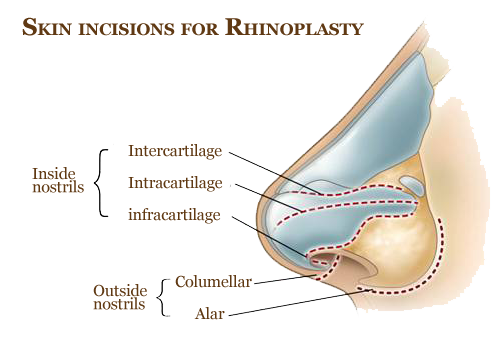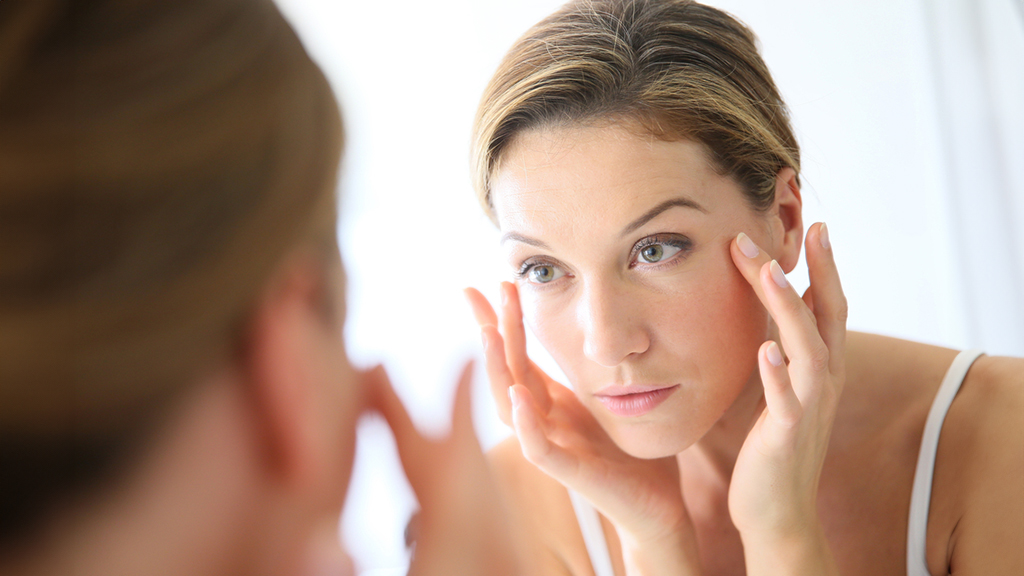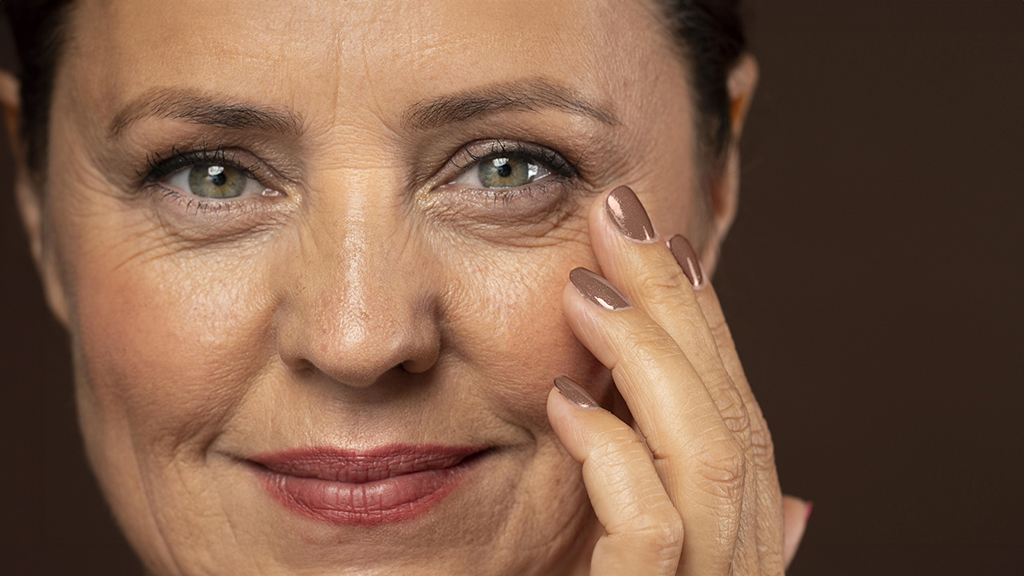Rhinoplasty / Ultrasonic Rhinoplasty
Rhinoplasty is one of the most popular plastic surgery procedures, and can be used to reshape various proportional properties of the nose: either to change its size (making it bigger or smaller); its shape (most commonly the tip or bridge); to reduce the distance between nostrils (alar resection); or to change the angle between the nose and upper lip. Subtle changes in anatomy of the nose often make profound differences in appearance, making rhinoplasty one of the most challenging yet elegant procedures in plastic surgery.
There are two basic types of Reduction Rhinoplasty, Closed and Open. In addition, the internal septum that separates the two sides of the nose may require straightening, Septoplasty. Occasionally, the patient may only require surgery to correct a deformity of the tip of the nose, Rhino-Tip operation.
Each technique has its advantages and disadvantages and these, along with the requests of the patient, determines the surgical approach.

Ultrasonic Rhinoplasty (Piezo Technique Rhinoplasty)
Ultrasonic rhinoplasty, also known as the PIEZO Technique, is an advanced type of rhinoplasty surgery with fast recovery, less swelling, less bruising, and precise result. Ultrasonic Rhinoplasty involves using the Ultrasonic waves to reshape the nasal bone, producing a more precise outcome. Benefits of this advanced technique include:
- Less Bruising and Swelling – as it causes less trauma to the soft tissues and blood vessels in the surrounding area
- More Precise – the reshaping of the nasal bone is millimetric thus a more precise and satisfactory result can be achieved.
- Less Downtime – Postoperative recovery is faster, and patients can resume their daily activities much more quickly.
Not everyone may benefit from an Ultrasonic Rhinoplasty, a thorough consultation is required to determine your suitability for this technique.
Closed Rhinoplasty
During a closed rhinoplasty procedure, no external incisions are made and access to the nasal framework is obtained via well-concealed internal incisions within the nostrils (such as inter-, intra- or infracartilage). Advantages with this technique are the lack of external scarring and faster recovery. Its primary disadvantage is the limited visualisation of the operative field, which limits the manipulations of the anatomy. Closed rhinoplasty is best suited for patients requiring minor tip work and/or straight-forward alteration of a prominent dorsal hump.
Open Rhinoplasty
The open rhinoplasty involves a small incision at the base of the nose (columellar incision) and sometimes also incisions on either side of the nostrils when alar resection (to reduce width of the nose) is necessary. The skin over the nose is then lifted, which allows a clear uninterrupted direct view of the framework of the nose. As a result, it is easier to make more extensive alterations to the shape of the nose, and to provide a more sculpted nasal tip.
Disadvantages include the tiny external scar across the columella (which is generally barely visible with time), and the fact that any swelling may take longer to subside than with the closed method. Open rhinoplasty is recommended when extensive work is required on the tip of the nose, for correction of septal deviation and also for alar resection.
Septoplasty
Septoplasty, a functional procedure sometimes performed in conjunction with rhinoplasty, is a surgical procedure to correct a deviated nasal septum. The nasal septum is the wall between the nostrils that separates the two nasal passages and it is made up of thin bone in the back and cartilage in the front. During septoplasty, the nasal septum is straightened and repositioned in the middle of the nose to aid in keeping the nasal passages sufficiently open so as to facilitate the free passage of air.
There is not a universal type of rhinoplasty surgery that will meet the needs of every patient. Rhinoplasty surgery is customised for each individual, depending on his or her needs. In some situations, cartilage grafts, taken from within the nose or from other areas of the body may be recommended in order to help reshape the structure of the nose.
Augmentation Rhinoplasty
Occasionally, patients approach us with what they consider to be a flat nose, perhaps as a result of injury, previous unsuccessful nose surgery, or even perhaps an inherited or ethnic trait. In order to improve the appearance of a flattened nose, it is necessary to insert some form of additional framework under the skin of the nose to enhance the line of the nasal bridge. Several options are available for this additional framework:-
- The patient’s own bone, usually taken from the hip, rib or surface of the skull
- The patient’s own cartilage, usually taken from the ears or from within the nose itself
- Artificial materials, such as silicone implants
Occasionally, it may even be necessary to graft the patient’s own skin onto the nose in order to build the additional framework satisfactorily. It is usually possible to make a substantial change in the patient’s features. However, because of the relatively artificial nature of the new framework, the nose may feel somewhat harder than normal.
Secondary Rhinoplasty
Secondary Rhinoplasty, also called Revision Rhinoplasty, is the term used to describe surgery on a nose which has already had one or more procedures carried out. Some Secondary Rhinoplasty procedures are small procedures that are really “touch-ups” or refinements of well performed Primary Rhinoplasty. When this type of revision is needed it is because there are unpredictable aspects and limitations of every surgery that are beyond a surgeon’s complete control. The best surgeons have revision rates of between 5-10% for Primary Rhinoplasty.
However Secondary Rhinoplasty, particularly for bad primary results is a great deal more difficult than Primary Rhinoplasty, and requires great skill and experience to work around and correct. There will often be little original tissue left to work with, the skin surface may be contracted and deformed, and smooth breathing may be adversely affected, just to name a few of the many complex problems which must be overcome.
Dr Allen Rezai will discuss which option is most suited to your needs at your consultation.
Who is suitable for rhinoplasty?
- Those who are unhappy with the shape and size of their nose
- Those with a bump on the bridge of the nose
- Those with a drooping nasal tip
- Those who possess a thickened and enlarged nasal tip
- Those with excessively wide nostrils
- Those with an off-centre, or asymmetrical, noseThose with realistic expectations and who are in good health
- Those who are looking for improvement, not perfection, in the appearance of their nose
Dr Rezai will not operate on patients under the age of 18.
What to consider at this stage
Before you see your surgeon, it is important to consider exactly what you are trying to achieve from your surgery. When considering Rhinoplasty this is of particular importance – the nose is a very prominent feature of the face, and many patients have been self-conscious about theirs for many years. Subtle changes in the anatomy of the nose, make profound differences in appearance. Therefore, before consulting a surgeon, it is advisable to be certain about what it is about your nose that concerns you. It is only when your surgeon knows precisely what you wish to achieve that he is able to determine whether your wishes are technically and practically possible.
It is also important to consider the proportional relationship with other features of the face when altering the nose. In order to maintain proportion, your surgeon may therefore additionally advise altering the chin, cheek or other facial feature where he thinks this may achieve a more pleasing aesthetic outcome.
The procedure for rhinoplasty surgery
- It is possible for rhinoplasty to be performed under local anaesthetic with sedation. However, most patients will have a general anaesthetic.
- The technicalities differ depending on what your concerns are and exactly what procedure you are having performed.
- The majority of patients remain in hospital for 1 night.
- For those not engaged in physical work, you can expect to return to work within 10 days to 2 weeks.
- Exercise and streneous activity can be resumed within 4 to 6 weeks after surgery.
Following the operation
As is the case with all surgery, after rhinoplasty surgery you must expect to feel somewhat bruised and sore, particularly around the eyes. Patients are advised to keep their head elevated during the first week. In order to hold the nasal bones in their new position, it will be necessary to wear a splint over your nose for about 7 to 12 days. Most patients report that the operation is surprisingly painless. In the majority of cases it takes 6 to 12 months for the swelling to completely subside and sometimes even up to 18 months in the tip area.
At Elite Plastic & Cosmetic Surgery Group, we will provide you with detailed post-surgery instructions to expedite your recovery. Should you develop any doubts or concerns following your treatment, however, they would encourage you to contact us straight away.
Risks & Complications
Cosmetic surgery is amongst the safest of medical procedures. However, patients must understand and accept that no surgical procedure is totally without risk.
For further information concerning the risks and complications associated with Nose Reshaping, please refer to Risks and Complications of Rhinoplasty.
At your consultation, your surgeon will discuss these risks with you.
How long will the results of your rhinoplasty surgery last?
The results of rhinoplasty surgery are permanent. Differential skin thicknesses and irregularities in internal scarring can affect the outcome of the surgery, thus rhinoplasty does have a slightly higher revision rate than most other procedures. However, these revisions are relatively infrequent, and, in most cases, minor. If revision / refinement surgery is needed, it will normally take place after the healing process is complete.
For details about procedures and treatments or for a consultation, advice and prices from our Dubai clinic please call +971 4 431 2396 or use our online form.



